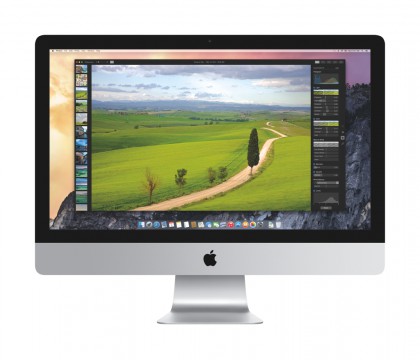How to quickly put your apps in alphabetical order ∞
My iPhone is a bit of a mess. My front page contains the apps I use the most, but the rest of my pages are in a random order that slightly resembles the order in which I purchased the apps, shuffled in my attempts to move apps to my front page. Sound familiar?
The linked article talks you through the relatively simple process of sorting all your apps in alphabetical order. This might not work for all people, but it does make it much easier to home in on an app when you have 9 pages of apps. Searching helps you launch an app, but it does not help you locate the app’s icon, in case you want to move or delete the app.
One thing I’d add to the discussion is the evolution of iTunes’ ability to organize your iOS device. If you haven’t plugged your iPhone or iPad into your Mac for a while, take a few minutes to plug in and see what you can currently do with iTunes. You can easily create new pages and drag pages and apps around. You can even use iTunes to transfer files between your iOS device and computer.
As the blog suggested, I would take a snapshot of my home screen, then put my apps in alphabetical order. I would then use iTunes to create a new blank home screen (click the plus sign on the Apps page, drag the new page to be first) and repopulate the new empty page with my favorites.
Any other suggestions or favorite technique? Leave a comment.

